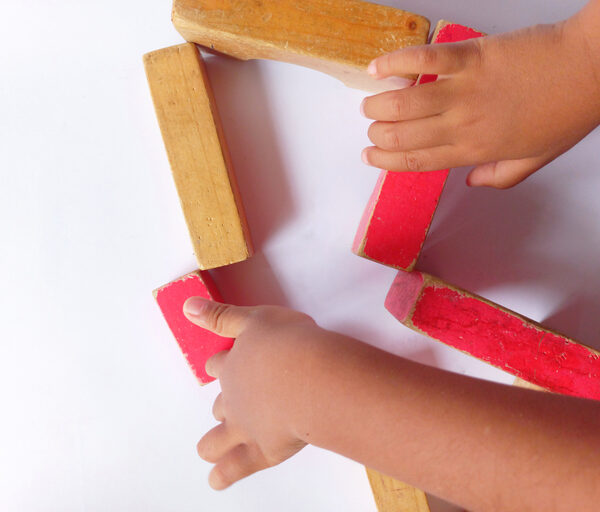The Evolution of Childcare Investment: A Decade of Transformation

The early education sector in Australia has undergone a remarkable transformation over the past decade, evolving from a niche cottage industry into a key sought-after investment opportunity. This shift highlights the increasing recognition of its value and the growing demand from investors seeking stable and profitable ventures.
This evolution has been driven by changing socio-economic trends, government policies supporting early childhood education, and increased demand for quality childcare services.
Investors are increasingly recognising the sector’s stability and growth potential, buoyed by consistent demand regardless of economic cycles. This evolution highlights childcare as not just a service but a strategic investment essential to families and communities alike.
Correlating with this uptick in investment demand is the significant increase in transactions with Burgess Rawson selling more than $250 million in early education centres over the past year. After a slowdown a year ago, with yields rising to about 5.4 per cent, returns have tightened to 5.1 per cent, with yields closer to 4.0 per cent currently being achieved.
This trend reflects growing investor confidence in the sector’s stability and profitability. Recent standout results include the $7.78 million transaction of the Affinity Education Early Education Centre in Killara, NSW which sold on a sharp yield of 4.14 per cent backed up by the sale in Pymble a few weeks later when an asset sold for $6 million on a yield of 4.58 per cent.
Several key factors contribute to the strength and maturity of the childcare investment sector. Bipartisan support from Federal and State Governments ensures stability, as the economic return of workforce participation far outweighs the cost of childcare funding.
In 2018, there were significant changes introduced to the childcare subsidy which increased funding to lower to middle-income families, with further potential increases on the horizon. This certainty of revenue makes childcare investments very attractive to own.
Childcare investments are less affected by economic cycles, making them an excellent defensive option. Strong underlying land values, given the large and well-located sites within growing residential communities, further support this sector.
Robust landlord-friendly long lease terms, substantial barriers to entry due to capital-intensive fit-outs, and increased female workforce participation have all contributed to strengthening demand for childcare services. The sector also consists of strong, profitable, and high-value businesses, making it an attractive investment.
The Burgess Rawson Early Education Industry Insights report highlights that early education rents per place have risen by almost 15% since early 2022, now averaging $3,518 per place, per annum.
Over the past decade, early education rents have grown by 87%, and by 27% since 2020 alone. In NSW, rents increased by 46% over the same period, now averaging $3,696 per place. Sale prices have also climbed exponentially; in 2012, you could buy an early education centre for $1 million, but today they trade at an average of almost $6 million.
The unique expertise and strategic insights developed over the years have positioned this sector as a trusted investment opportunity. The track record of successful transactions and deep understanding of market dynamics underscore the growing investment potential within this market.
As the early education sector continues to evolve and expand, it offers promising opportunities for investors seeking stable and profitable assets.
Popular

Policy
Practice
Provider
Quality
NSW Government launches sweeping reforms to improve safety and transparency in early learning
2025-06-30 10:02:40
by Fiona Alston

Quality
Provider
Policy
Practice
WA approved provider fined $45,000 over bush excursion incident
2025-07-01 07:00:01
by Fiona Alston

Workforce
Policy
Quality
Practice
Provider
Research
ECEC must change now, our children can’t wait for another inquiry
2025-07-02 07:47:14
by Fiona Alston













